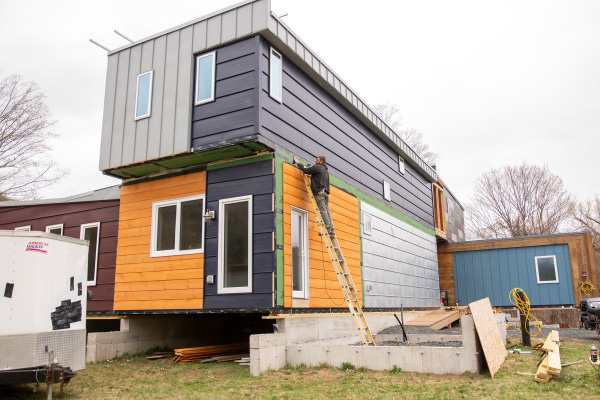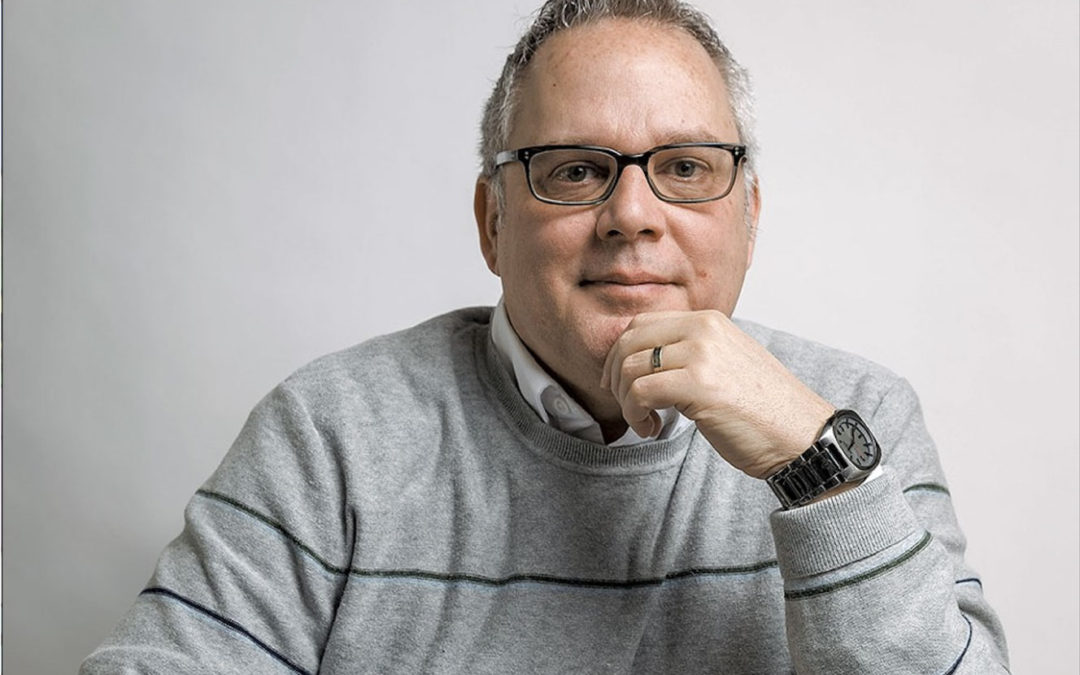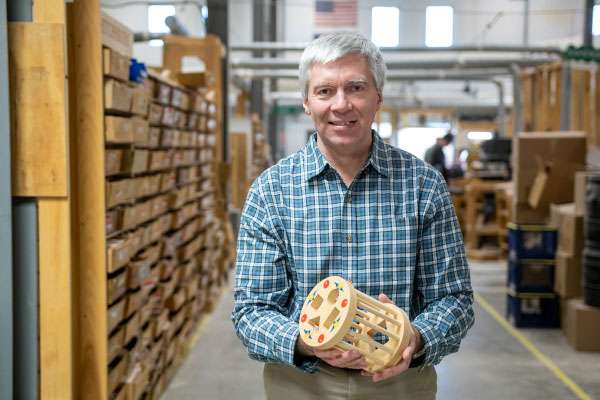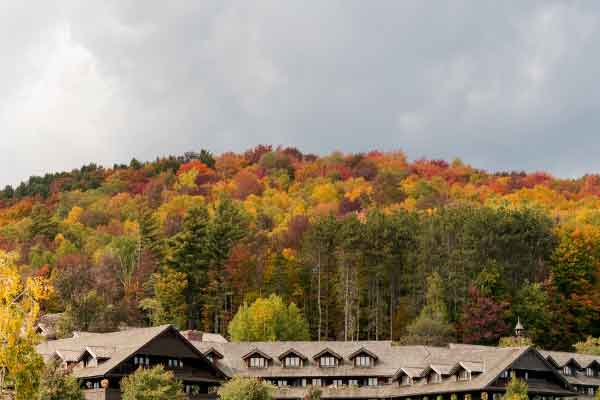By Christine McGowan, Forest Products Program Director at Vermont Sustainable Jobs Fund | Photo by Erica Houskeeper, courtesy of the VSJF
Ten years ago this summer, Hurricane Irene tore through Vermont, leaving massive destruction and flooding in its wake. Among the hardest hit were mobile home parks, where many residents lost everything they owned—including the roof over their head. So, when Steve Davis, a community-minded Hartford builder with a long record of energy efficient construction, got a call from the Vermont Modular Housing Innovation Project, he didn’t hesitate to take on a ten-home pilot project to replace homes lost in Irene.
Davis and his team worked with state partners including Efficiency Vermont, the High Meadows Fund, and the Vermont Housing and Conservation Board to design an affordable, modular, net-zero home. Inspired by the models and convinced there was a broad market for the homes, Davis and his niece, Kristen Connors, founded VerMod, a modular home construction company with an emphasis on sustainability and affordability.
Over the past decade, VerMod has built more than 100 energy-efficient modular homes for Vermonters, improving on their model and adjusting to customer feedback along the way.
“There is a real need in Vermont for affordable housing,” said Connors. “As people downsize or maybe think about purchasing their first home, there is a lot of interest in energy efficient homes that use natural and low-VOC materials. They are healthier to live in and better for the planet.”
For Vermonters, by Vermonters
A sixth generation Vermonter from Hartford Village, Connors sees an opportunity to provide housing for low and middle-income Vermonters. Built with New England weather in mind, the company’s solar panels can be prepped to provide battery storage to ensure homes have power when the sun isn’t shining and in the case of power outages. Each VerMod roof is built to withstand Vermont’s snow levels, based upon the final destination of the home.
Energy efficiency requires the homes to be tight—especially during cold Vermont winters when we want to retain as much heat as possible—but they also need to “breathe” and bring in fresh air. The company uses a Conditioning Energy Recovery Ventilator (CERV) to continually monitor VOC’s, pollutants, carbon dioxide, and humidity to ensure healthy air quality.
“It’s a home that requires some education and commitment,” said Connors, who notes that they work with customers on an ongoing basis to ensure the home functions at its full potential. “We don’t just deliver a home and walk away; we stick with our customers for years to make sure they really understand how to maintain the home.”
While energy efficiency is their focus, VerMod is also careful to use materials and practices that reduce the company’s carbon footprint, and that includes using wood to construct the “good, solid bones of the house.”
“Steel is not our gig,” said Connors. “We live in a place where wood is abundant and we incorporate as much locally-sourced lumber as we can into our homes.” Steel manufacturing is both an energy- and water-intensive process, and a known contributor to global carbon emissions. According to the American Forest Foundation, the manufacturing of steel and concrete emits 15 and 29 percent more carbon dioxide than wood, and generates 300 and 225 percent more water pollutants, respectively. In addition, wood is a renewable resource that stores carbon when used in construction.
More practically, Connors says they like to work with people they know who stand by their product, and their customers like the warmth of wood in their homes. The company sources lumber for wood framing, flooring, and paneling locally from Goodro Lumber in Killington and Baker Lumber in Hartford. Connor’s own VerMod home was built using beams and hemlock siding milled from trees cleared on her property, and the additional timber was passed on to another VerMod homeowner.
The Future of Affordable Housing
Sustainability is not only the goal for each VerMod home, but for the company itself. Connors and Davis envision a scale of growth over the next decade that benefits and supports the Hartford community, and allows them to be creative with their designs. “We live in a tourist town that is filled with working-class people,” said Connors. “There is such a need for affordable housing in Vermont and we really believe our contribution and impact in the long-term is building those homes in a way that is healthier for people and the planet.”
The recently constructed Davis Towers in Hartford offer a glimpse into their vision—colorful, compact, and highly-efficient. “We want VerMod to benefit communities,” said Connors. “Single moms, hard-working middle class families, retired people on a fixed income looking to downsize their homes and carbon footprint—that’s our market. We want to have fun building these homes and, hopefully, leave behind a legacy of energy-efficient, affordable housing in our community.”
About the Vermont Forest Industry Network
Vermont’s forest products industry generates an annual economic output of $1.4 billion and supports 10,500 jobs in forestry, logging, processing, specialty woodworking, construction and wood heating. Forest-based recreation adds an additional $1.9 billion and 10,000 jobs to Vermont’s economy. The Vermont Forest Industry Network creates the space for industry professionals from across the entire supply chain and trade association partners throughout the state to build stronger relationships and collaboration throughout the industry, including helping to promote new and existing markets for Vermont wood products, from high-quality furniture to construction material to thermal biomass products such as chips and pellets. Learn more or join at www.vsjf.org.
Story originally appeared on the Vermont Sustainable Jobs Fund’s website: https://www.vsjf.org/2021/04/29/a-vermonters-approach-to-sustainable-affordable-housing/




